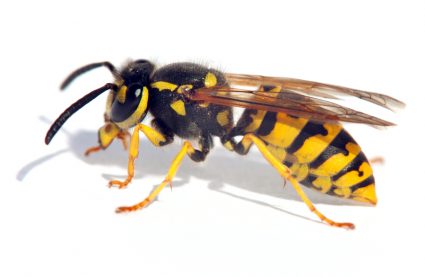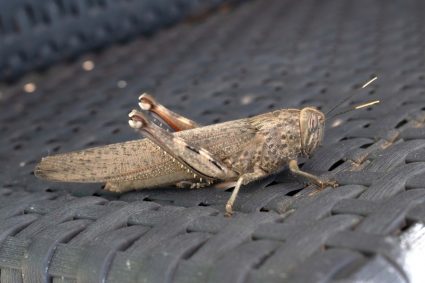
When it comes to bees, color plays a significant role in their behavior and interactions with the environment. While there is no specific color that actively repels bees, research indicates that they are less attracted to certain shades. This article delves into the fascinating world of bees and colors, exploring which colors deter bees, how bees perceive colors differently from humans, and the application of this knowledge in practical situations.
Bees are less attracted to white and light pastel colors, such as light yellow and pale pink. Dark colors like black, dark brown, red, and dark orange are perceived as threats and can deter bees. However, it’s important to note that bees’ perception of color is different from humans, and there’s no specific color that actively repels bees.
Bees and Colors: An Overview
Bees have a unique way of perceiving colors. Unlike humans who have trichromatic vision based on red, blue, and green, bees’ trichromatic vision is based on ultraviolet light, blue, and green. This means bees cannot see the color red but can perceive ultraviolet light, which is invisible to the human eye.
Bees are indifferent to white and light pastel colors, such as light yellow and pale pink. These colors do not stand out in a bee’s vision and are not viewed as potential danger. On the other hand, bees perceive dark colors like black, dark brown, red, and dark orange, as threats.
What Colors Attract Bees?
Bees are naturally attracted to colors they can easily perceive, primarily on the blue and yellow end of the color spectrum. They can see blue-green, blue, violet, and “bee’s purple,” a combination of yellow and ultraviolet light that humans cannot see. The most likely colors to attract bees are purple, violet, and blue.
Misconceptions About Bees and Colors
There are several misconceptions regarding bees and colors. Contrary to popular belief, bees do not hate the color red. They simply cannot perceive it. Additionally, not all bees are black and yellow. With over 20,000 recognized species of bees, they come in various colors, from blue and green to violet.
Practical Application of Color Deterrence
Understanding color deterrence can be applied in beekeeping and outdoor activities. In beekeeping, hives can be painted with bright colors or reflective surfaces to deter potential predators. For outdoor activities, wearing light or pale colors such as white, tan, cream, or gray can make you less visible to bees.
Conclusion
While there’s no specific color that repels bees, certain colors can make you less attractive to them. By understanding bees’ unique color perception, we can better coexist with these vital pollinators. Whether you’re a beekeeper looking to protect your hive or an outdoor enthusiast trying to avoid bee stings, knowing what colors deter bees can be incredibly useful.
Frequently Asked Questions
Why do bees perceive ultraviolet light, and how does this affect their behavior?
Bees perceive ultraviolet light because it helps them find nectar in flowers. Many flowers have patterns or “nectar guides” that are only visible in ultraviolet light, leading the bees directly to the nectar. This is also why bees are attracted to blue and violet colors, as they stand out in the ultraviolet spectrum.
Why do bees perceive dark colors as threats?
Bees often associate dark colors with predators. Many of their natural predators, such as bears and badgers, are dark-colored. So when they see these colors, their instinct is to defend themselves.
Are there any exceptions to the colors that attract or deter bees?
Yes, there can be exceptions. While bees are generally attracted to blue, violet, and yellow colors, the scent of the flower also plays a crucial role. If a flower is red but has a strong, appealing scent, a bee may still be attracted to it. Similarly, a blue or yellow object with a repelling scent can deter bees.
Are all types of bees deterred by the same colors?
While this article discusses general trends, it’s important to note that there are over 20,000 species of bees, and not all may react the same way to colors. Different species may have slightly different visual capabilities and behaviors. Always observe local bees for best understanding.











